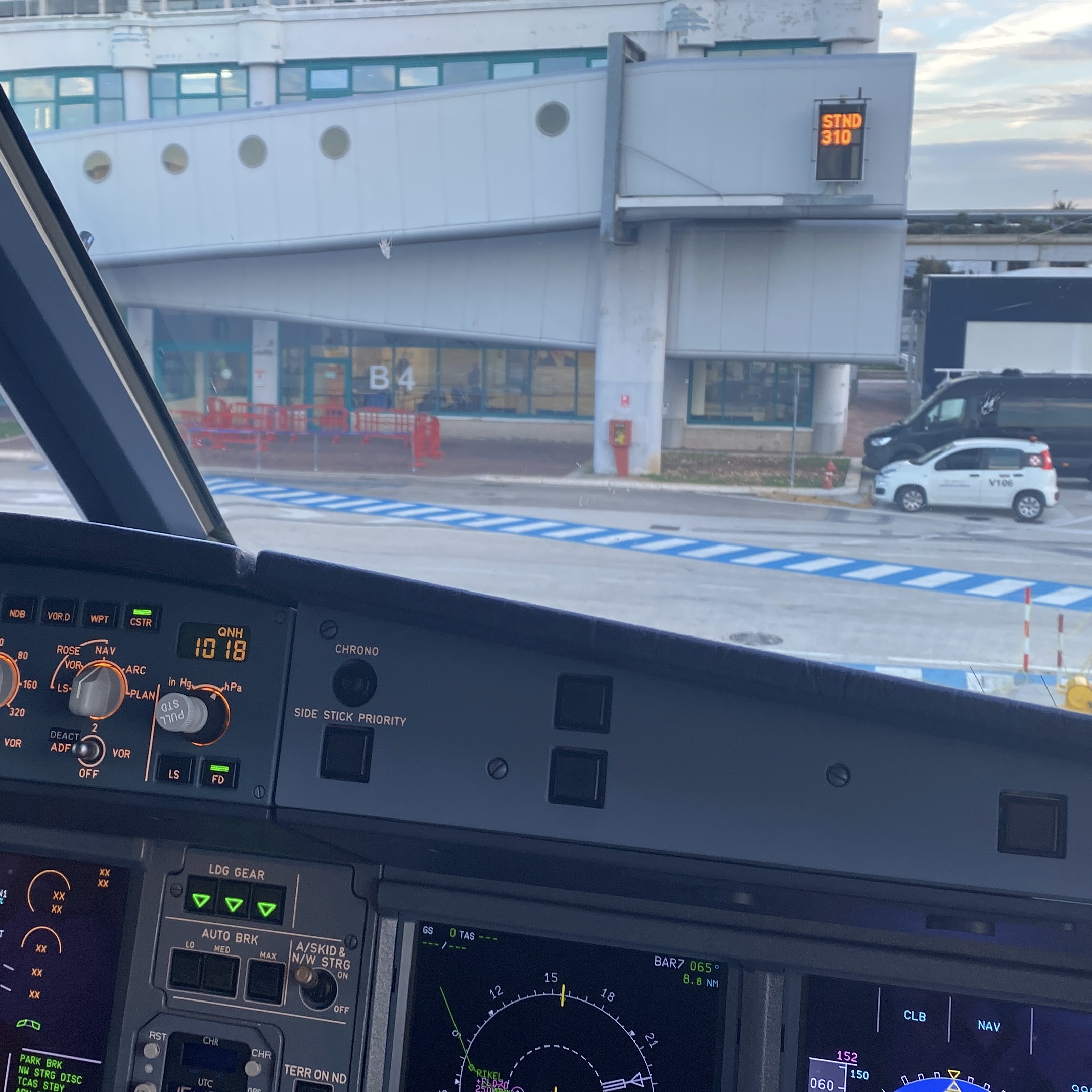Ready for the Operator Conversion Course? What should you expect?📚✈
- The Modern Female Pilot
- Mar 2, 2024
- 3 min read
An Operator Conversion Course (commonly known as OCC) is one of the mandatory courses pilots shall attend upon joining a new airline. For a pilot who is not yet qualified on the aircraft type operated by the airline, the OCC is usually followed by a Type rating course.
Exceptionally, in the case of pilots already trained and experienced on the Airbus family, the Type rated can be replaced by a cross-crew qualification (CCQ). As Airbus designed aircraft types with similar flight characteristics, the transition from one type to another (i.e.: from A320 to A330/A350) is simplified and allows the crew to ‘’jump’’ between different models faster, lowering the training costs.

My first OCC course lasted around 6-7 days. The one I am about to attend shortly is going to take only 5 days.
Normally, the OCC takes 8 hours/day and involves multiple powerpoints, presented by a theoretical instructor or line training captain. The OCC can be seen as an introduction to the airline: standard operation procedures, operation manuals, fleet, routes and aerodromes, performance calculations, fuel policies, crew resource management concepts and so on. All these concepts are regulated by the authority. However, airlines are allowed to apply stricter rules in their operation manuals.
Pilots are expected to maintain a high degree of familiarity with the operation manuals.
The OCC is a great opportunity to discover more about the new airline and future colleagues. Also, it is a reflection of the airline’s culture and its safety culture (''How we act when nobody is watching''). It takes place in a peaceful atmosphere – however, don’t be too laid-back! After the short and fun OCC, it is time for the theoretical examinations and simulator sessions. After the simulator training follows the skill test, which serves also as an initial operator/license proficiency check (OPC/LPC). The type rating/CCQ is very intense and packed with new information. Is followed by a line training phase, where pilots have to complete some sectors to strengthen their operational experience, under the strict supervision of a line training captain (at the beginning assisted by a safety pilot). The number of sectors will depend on the airline, their operation, fleet, pilot's prior experience and rank. The whole training experience can be a little tiring. However, it is always impressive to remark how much knowledge can be gained in such a short period!
As type rating or line training topics are complex, I am planning on writing 2 separate posts in the future: one dedicated to the A320 and the other one on the A350, reflecting my personal training experience, hoping that it might help someone in the future.

But what happens between signing the job offer and the beginning of the OCC course? Well…lots of paperwork and administrative work.
There are around 3 months between signing the job offer and starting the OCC. This timeframe allows sufficient time for the pilot to honour his/her notice period and all other obligations towards the previous airline. It is important to respect the terms and conditions of the contract, as a good reference letter from a previous airline is paramount for a successful career. As the aviation world is small, it is important to leave in good terms. At the end of the day, it is good to keep a professional relationship with the previous airline, as 2 good business partners would do.
Hiring a new pilot is a very bureaucratic process, so expect lots of e-mails from your new human resources department. They are the ones setting up your relocation (if the future base is in a different country), contract and all other work-related aspects. If you are going to be accompanied by your family, they are also in charge of completing the administrative procedures for your wife/husband and children.
The process starts by setting up your (and your family's) healthcare and life insurance. They also take care of your pilot license insurance (in case of permanent medical unfitness, the pilot might claim money from the insurance – usually 2-300% of his/her yearly brut salary). Any complementary medical insurance/private pension scheme subscription etc is also discussed.
Human resources interact with the tailors in charge of pilot uniforms. They also deal with salary/taxation, transportation or visa-related costs and so on. Once these aspects are sorted out, the job is transferred to the IT and Crew control department, who make sure new recruits have access to the required digital platforms and have a robust roster during the training period.
The fun part starts just after after OCC – during the sim and line training. Although they are full of new challenges, these training phases are going to be the ones a pilot will always remember!




Comments